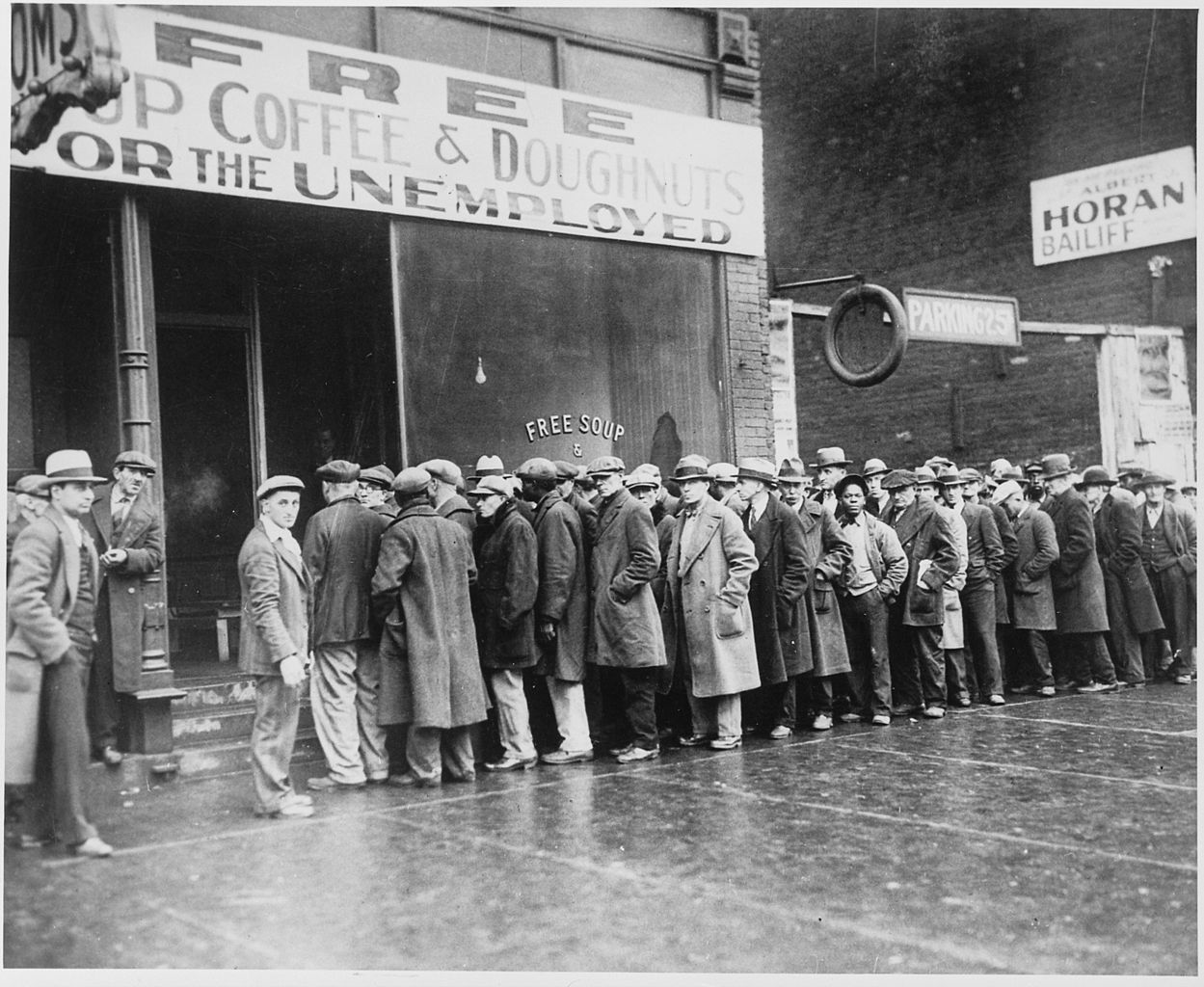As expected, the Federal Reserve raised interest rates by half a point yesterday. It was a drop from the .75 point rate increases that the Fed has been implementing for the past several months.
A big reason the Fed is going slower is the longstanding fear among Fed officials of bringing about another Great Depression by raising interest rates too high and too fast. That’s, of course, what happened in the late 1920s, when the Fed’s actions brought about the 1929 stock-market crash, which then led to the Great Depression.
Yes, I know, most everyone is taught in their public schools and state-supported universities that the Great Depression was caused by the failure of America’s free-enterprise system. But it’s a lie. And it’s been a lie ever since U.S. officials began saying it during the Great Depression.
In fact, it was the Federal Reserve that caused the Great Depression. If the Fed had not over-contracted the money supply in the late 1920s, there never would have been a Great Depression.
 At the time, U.S. officials felt it necessary to tell the lie because of the widespread economic suffering the Fed had wreaked with its monetary policies. People had lost their businesses. Multimillionaires who had lost everything were committing suicide. There was massive unemployment and tremendous suffering.
At the time, U.S. officials felt it necessary to tell the lie because of the widespread economic suffering the Fed had wreaked with its monetary policies. People had lost their businesses. Multimillionaires who had lost everything were committing suicide. There was massive unemployment and tremendous suffering.
Imagine if the American people had discovered the truth — that it wasn’t “free enterprise” that had brought all this on but rather the federal government itself. The resulting anger would have certainly had an adverse effect on elected public officials in the next election. Moreover, U.S. officials undoubtedly feared the possibility of violence if people discovered the truth.
The Fed had been established in 1913. This was during the time when the official money of the United States was still gold coins and silver coins. There was no paper money because the Constitution did not authorize the federal government to issue paper money. It only authorized the federal government to “coin” money. Moreover, the Constitution mandated that every state had to make gold coins and silver coins “legal tender.”
During the 1920s, the Fed began expanding the quantity of federal bills and notes in circulation, creating an artificial economic boon. People began to sense what was going on and began going to banks demanding that their bills and notes be redeemed in gold coins and silver coins, which they had the right to do.
Faced with the fact that U.S. officials didn’t have sufficient gold coins and silver coins to honor all those paper debt instruments, the Fed panicked and began contracting the supply of paper bills and notes. In the process, they over-contracted, which brought the inevitable “bust” — that is. the 1929 stock-market crash and then the Great Depression.
This shouldn’t surprise anyone. The Fed is a socialist institution, given that it is based on the socialist principle of central planning. A board of bureaucrats plans, in a top-down, command-and-control manner, the supply of money in a very complex economy. It simply cannot be done. The central planners possess what Friedrich Hayek called “the fatal conceit” — the arrogant belief that they actually possess the requisite knowledge to plan such a complex economic phenomenon. As Ludwig von Mises pointed out, central planning produces “planned chaos.”
Today, people are taking the Fed to task because it over-expanded the money supply, which is now reflected in soaring prices of most everything. But what they fail to take into account is that the Fed is still a central-planning socialist institution, just as it was back in the 1920s. Why would Fed officials today be any better at central planning than their counterparts 90 years ago?
The big fear at the Fed is over-contracting. They are terrified of causing another Great Depression. This fear was confirmed some years ago by Fed chairman Ben Bernanke when he observed that Milton Friedman was right about how the Fed’s over-contraction had brought about the 1929 stock-market crash and the Great Depression. The Fed, Bernanke stated, was going to take great care that it never did that again.
Bernanke’s admission was remarkable, given the lie that had become so widespread — that the 1929 stock-market crash and the Great Depression and been caused by the failure of “free enterprise.”
But the fact is that nothing has changed in a fundamental sense. When the Fed is raising interest rates, it’s involved in a great big guessing game. It has no earthly idea whether it’s raising them too fast or too slow. And since there is a big time lag between the Fed’s actions and the results, which can be even a year, there is no way for anyone, including Fed officials, to know what the Fed’s actions are going to produce.
Among the biggest mistakes America ever made was the abandonment of our founding monetary system, which produced the soundest money in history. If we are to get our nation back on the right road, we need to restore sound money to our land. The best option is the separation of money and the state, which is what Hayek recommended. That means getting the state entirely out of monetary affairs. The second-best option is the restoration of America’s constitutional system, which means gold coins and silver coins being restored as the official money of the American people. Either way involves the termination of the Federal Reserve, one of the most destructive socialist institutions in U.S. history. For more insights in this area, see FFF’s great book Monetary Central Planning and the State by Richard Ebeling.
Full story here Are you the author? Previous post See more for Next postTags: Featured,Hornberger's Blog,newsletter

























